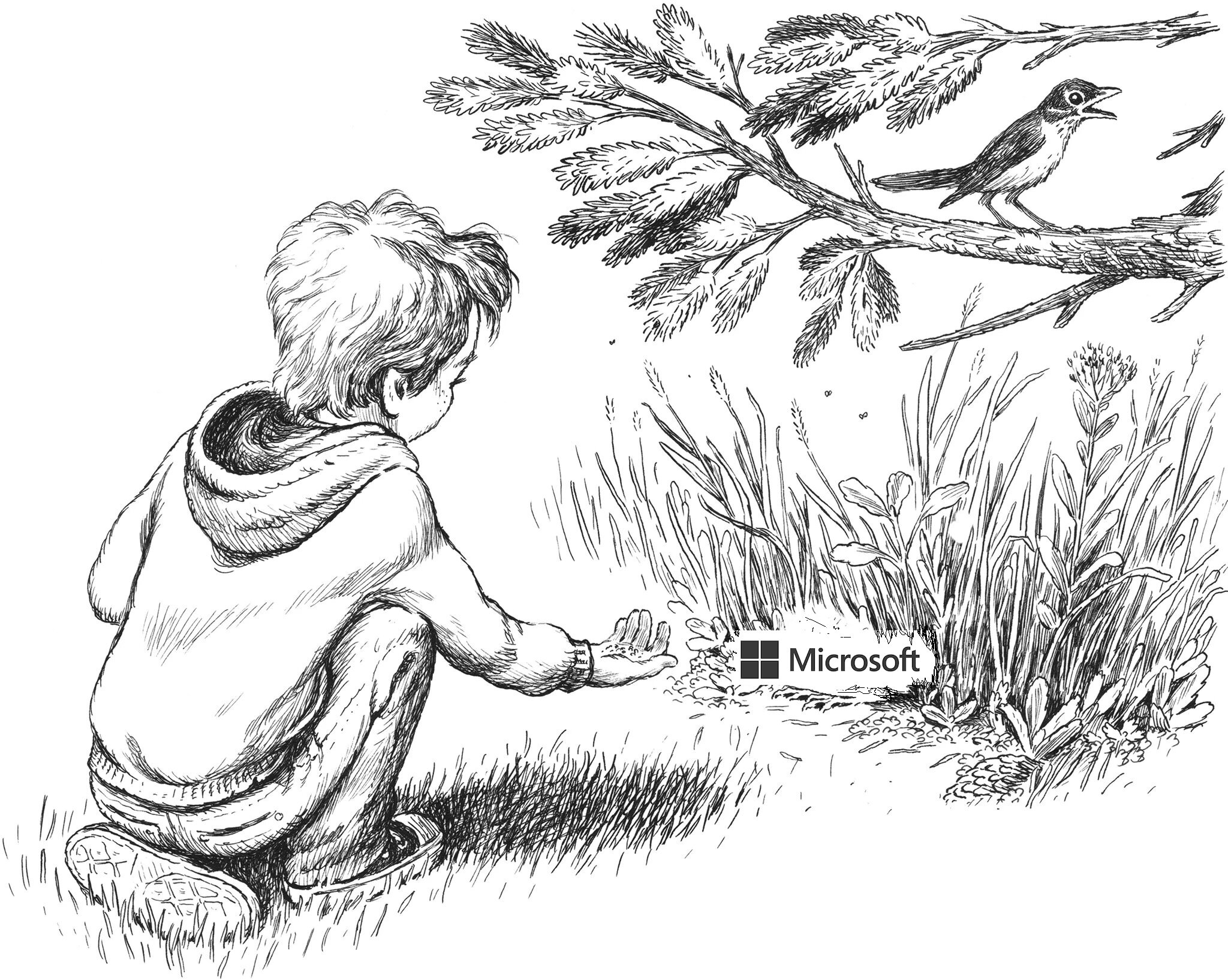A blog by Martin Erasmuson.
What is a Knowledge Management System? Or more precisely, what is a Knowledge Management System today? Many folk in the KM game can likely recall being part of ancient (20th Century) KM initiatives that might have included: an electronic document & records management system (EDRMS), Knowledge-Base, content management system (CMS) and possibly hard copy records management (RM) to name a few. Notably, back in the day, these were invariably on-premise systems and likely not integrated. Even pre-2000, establishing the ROI of such systems was difficult but at least the on-premise costs and over-heads were relatively straightforward.
So back to the question: ‘What constitutes a Knowledge Management System today’? And assuming it is possible to answer that question, ‘How would you go about establishing the ROI of such a system’?

















